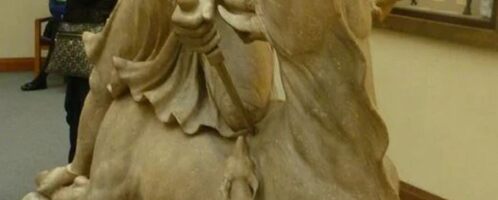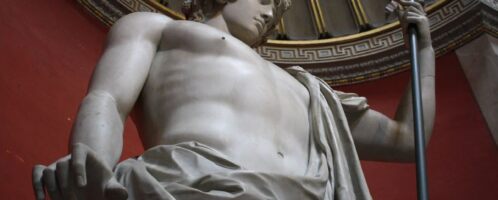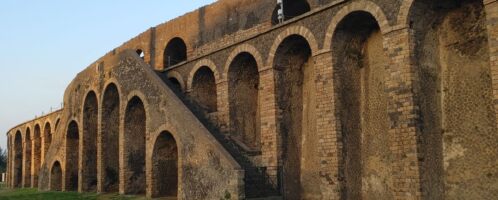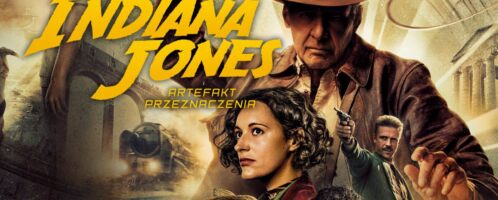Tacitus Unveiled: Reevaluating Unpopular Theories on Jewish Origins
The origins of the Jewish people have been a topic of discussion throughout history, characterized by complexity and sometimes bias. In today’s era, armed with numerous historical sources, we can more accurately trace their ethnic roots. However, in the early days, especially during the classical period, historians grappled with the challenge of unraveling this enigma. Tacitus, a prominent historical figure, delves into this question in his significant work The Histories, Book V, composed around 110 CE. In this narrative, Tacitus explores various theories and possible interpretations of Jewish origins, including some less emphasized ones that offer intriguing classical perspectives. While the final explanation provided by Tacitus is often cited, these lesser-known interpretations provide a nuanced and complex view of classical thought on the Jewish exodus, adding an interesting layer to a forgotten past.











